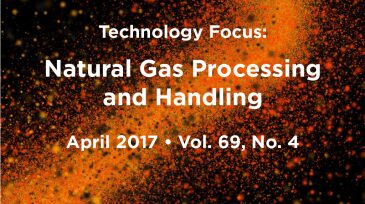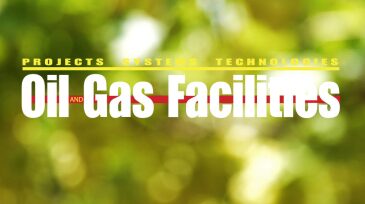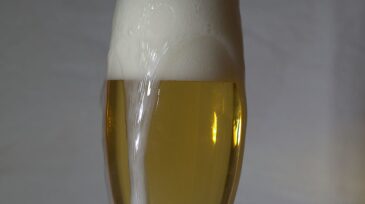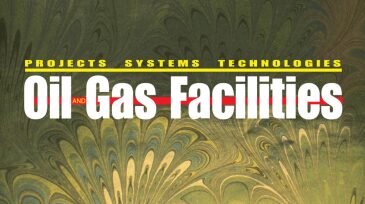Processing systems/design
This paper reviews lean construction management processes adopted in the Apani Field development, from facility design to construction management and drilling-location preparation.
In this final installment of the Savvy Separator Series (No. 23), the authors present a curated collection of recommended references, articles, and other key resources—a comprehensive guide worth reading, bookmarking, and keeping in your library.
Short on skilled welders? For complex jobs like pressure-vessel seams, automation could be the key to keeping production safe, accurate, and on schedule.
-
In this work, the authors demonstrate at a laboratory scale the possibility of using a radio-frequency heating system as a heat exchanger.
-
In this work, the potential of a new low-temperature distillation process for natural-gas sweetening has been investigated.
-
This first article in a two-part series discusses a new methodology for sizing and rating three-phase separators that is based on quantifying the actual mechanisms and physics that govern performance in typically used equipment.
-
In this tenth article of the series, the author focuses primarily on specific operational elements of troubleshooting rather than the mechanical design of the separator.
-
An Excel-based tool was developed that uses cubic-equation-of-state (EOS) and thermodynamic electrolyte-chemistry modeling to assess sour-production streams.
-
Looped lines are used to reduce pressure drop and increase flow capacity, but information on the flow behavior or predictive methods are not available for these systems.
-
Lessons learned in debottlenecking a “dirty” triethylene glycol contactor at the ExxonMobil Upstream Research Company’s LaBarge Black Canyon Facility in Wyoming highlight the results of work performed between 2001 and 2004.
-
A floating gas-extraction facility was constructed to extract gas-laden water, separate the CH4 and some of the CO2, and reinject the degassed water, thus increasing the safety of the lake and simultaneously providing CH4.
-
In this eighth articles of the series, level settings and control in gravity separators are addressed.
-
Subsea processing is an evolving technology in ultradeepwater development and has the potential to unlock a significant amount of hydrocarbon resources. In this paper, the authors have reviewed the application of subsea systems in 12 deepwater fields and discussed the significance of each.













